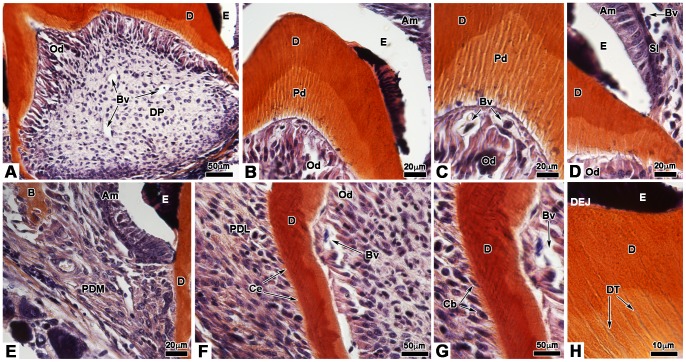Figure 8. Histology of bioengineered teeth implanted for 2 weeks in Nude mice.
After 2 weeks transplantation under the skin in Nude mice, bioengineered teeth germs were analysed by histology. The crown was well developed and blood vessels entered in the dental pulp (A). Odontoblasts and ameloblasts became functional to secrete predentin/dentin and enamel respectively (B). Odontoblasts were elongated and polarized (C). Blood vessels migrated in the dental pulp and reached odontoblasts (C). Elongated and polarized ameloblasts formed a monolayer in contact with the stratum intermedium where blood vessels could be found (D). In the dentin, dentinal tubules extended toward the dentin-enamel junction (H). Newly formed bone was present in peridental mesenchyme (E). Below the crown-root junction, periodontal ligament were attached to the root by cementum and extended until reaching bone (F), as shown in (E). Cementoblasts were observed in contact with the external surface of dentin (G) and secreted the cementum (F). Am, ameloblast; B, bone; Bv, blood vessel; Cb, cementoblast; Ce, cementum; D, dentin; DEJ, dentin-enamel junction; DP, dental pulp; DT, dentinal tubule; E, enamel; Od, odontoblast; Pd, predentin; PDL, periodontal ligament; PDM, peridental mesenchyme; SI, stratum intermedium.

